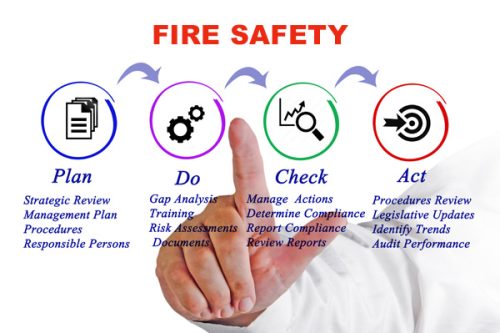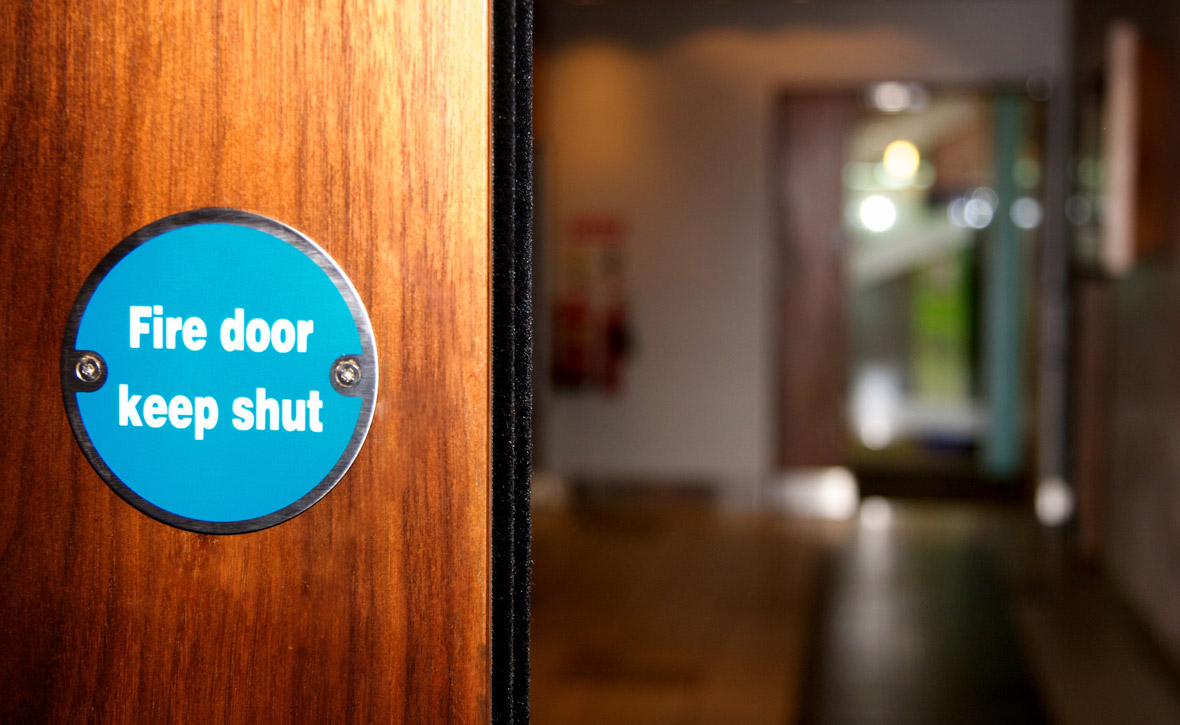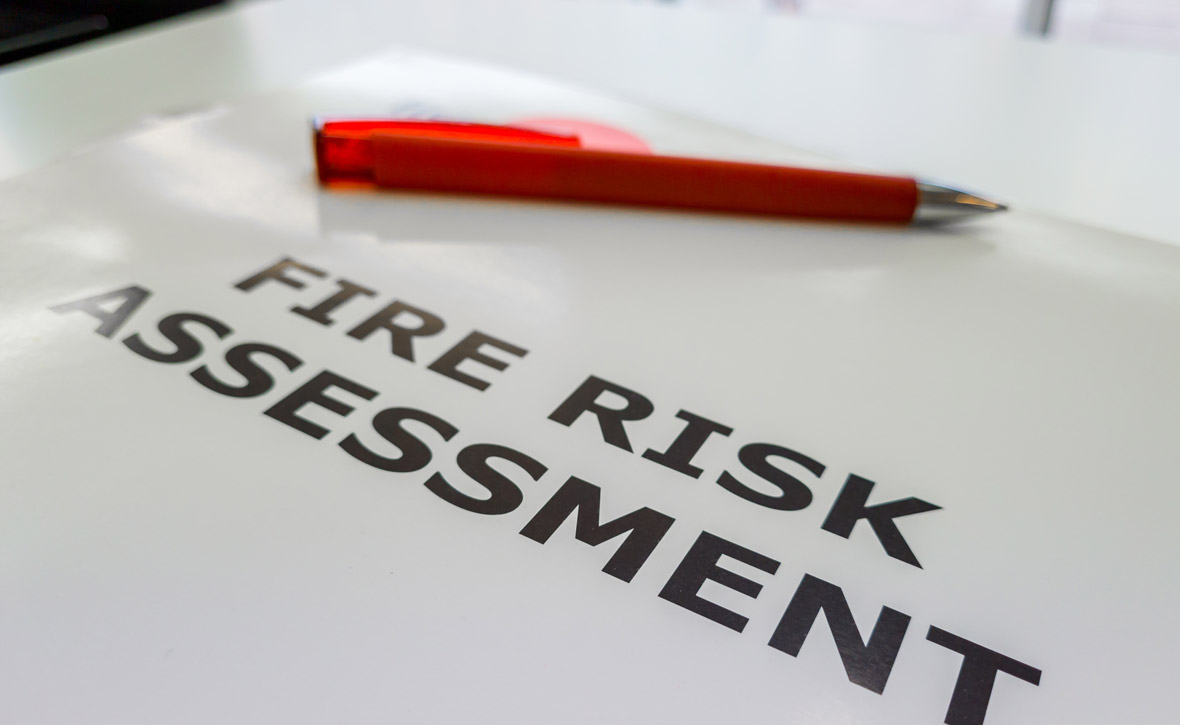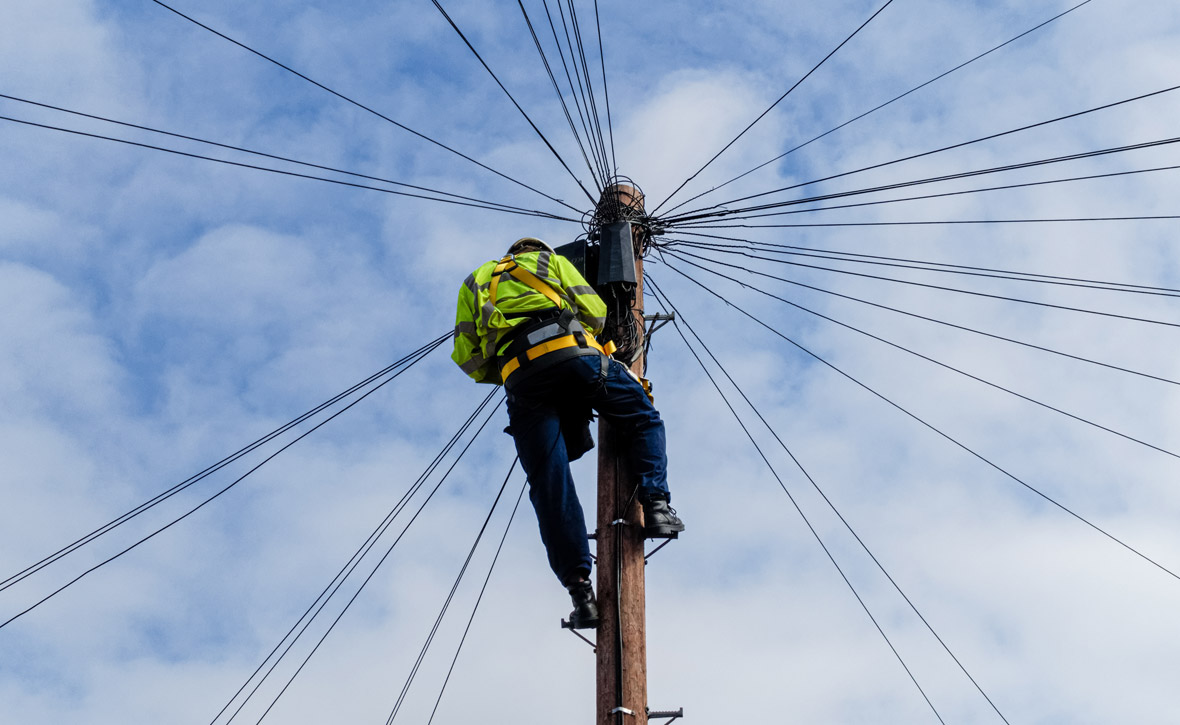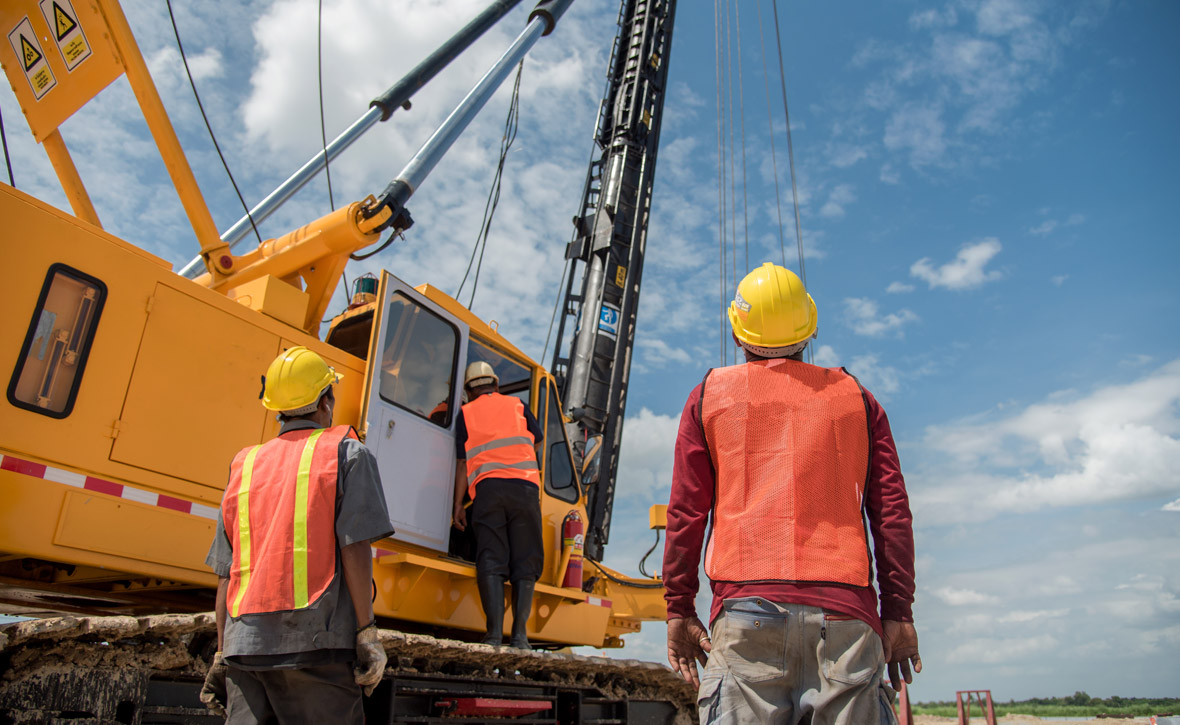January 15, 2024
Fire Safety Solutions: A Brief Guide for Landlords
Fire safety is a critical aspect of property management, particularly for landlords and building managers who are responsible for keeping their buildings and residents safe. Failure to comply with fire safety regulations can lead to severe penalties. This makes it essential for landlords to prioritise the implementation of effective fire safety measures.
In this article, we will provide honest and practical advice to residential landlords. This will focus on how landlords can improve fire safety across their buildings and protect their residents. Our approach emphasises the human aspect of fire safety and the importance of communicating with residents to develop tangible and effective fire safety solutions.
We don’t believe in taking a tick box approach, we want to make a real difference and improve health and safety across all residential buildings. Our motto is that it’s about the people as well as the paperwork—you need both these elements to achieve true building safety.
3 Key Fire Safety Considerations for Landlords
Although it may sound like simple advice, getting landlords to engage and communicate with their residents is such an important part of fire safety. Providing residents with the right fire safety information is key in reducing risk and improving resident safety.
1. Providing Clear Information on Evacuation and Emergency Procedures
Communication with residents is a vital part of ensuring health and safety. When it comes to fire safety, landlords must keep building occupants are well-informed about evacuation and emergency procedures. In doing this, landlords empower their residents to be fully prepared in the event of a fire. This includes providing clear, easily accessible information on escape routes, assembly points, and the location of firefighting equipment such as fire extinguishers.
There are a few different ways that this information can be provided, from speaking with residents directly to sending regular emails and updates. It may also be a good idea to have a notice board on each floor of the building with all the relevant information and safety procedures. Regular drills and training can also help familiarise residents with the necessary actions to take in case of a fire.
Engaging with the people who live in your building is one of the most important roles as a landlord. Empowering residents to take charge of their own safety is not only for their sake, but to ensure you remain compliant and avoid legal pitfalls. It is a landlord’s legal duty to inform residents about the building’s fire doors in communal areas and individual dwellings. Of course, this information will differ depending on the type of building. For example, if you are the landlord of a high-rise buildings, there are often balconies in many of the flats. In this case, you would need to outline specific fire safety guidance around smoking or having barbeques on balconies.
Ultimately, it’s all about being engaged and asking questions. What risks do your residents need to be aware of? How can you help them protect themselves? What information will keep them safe? This all needs to be considered to comply with the latest legislation.
